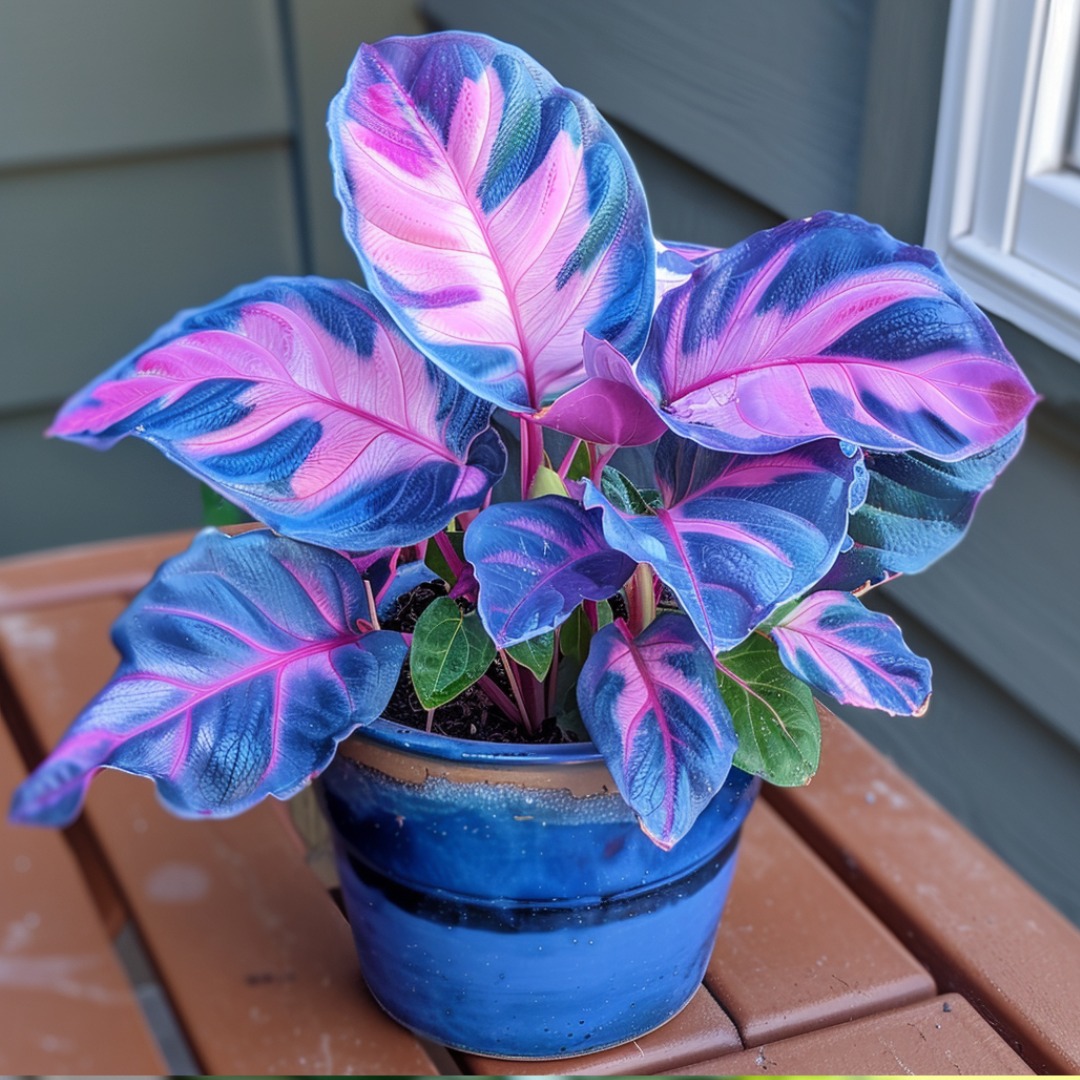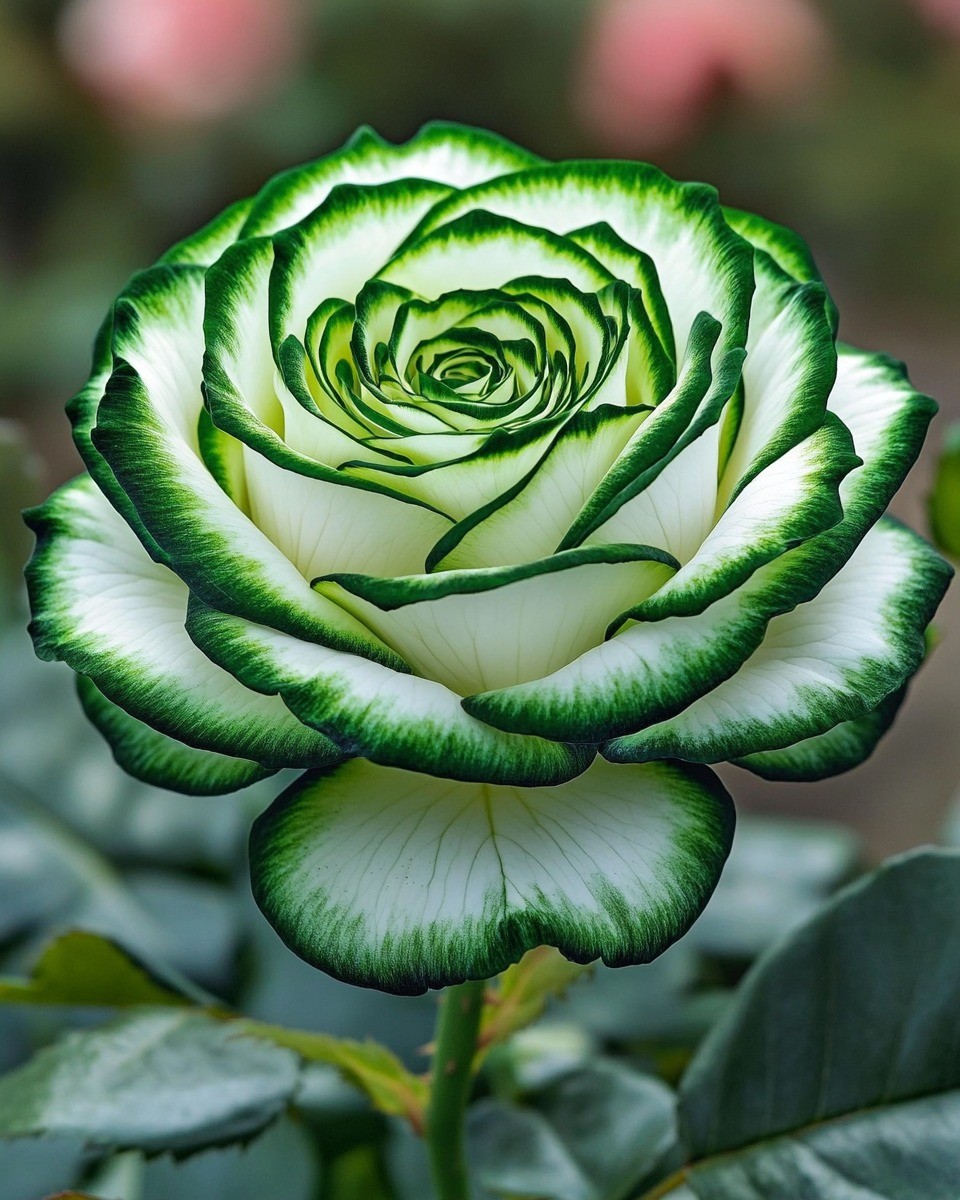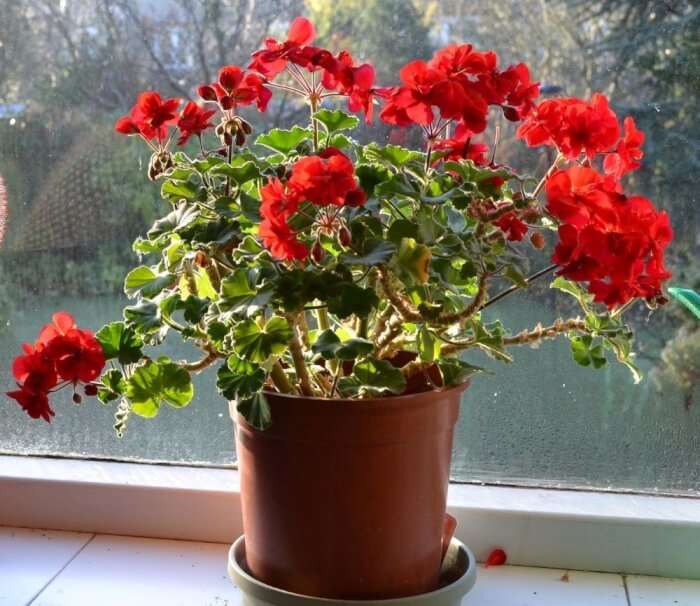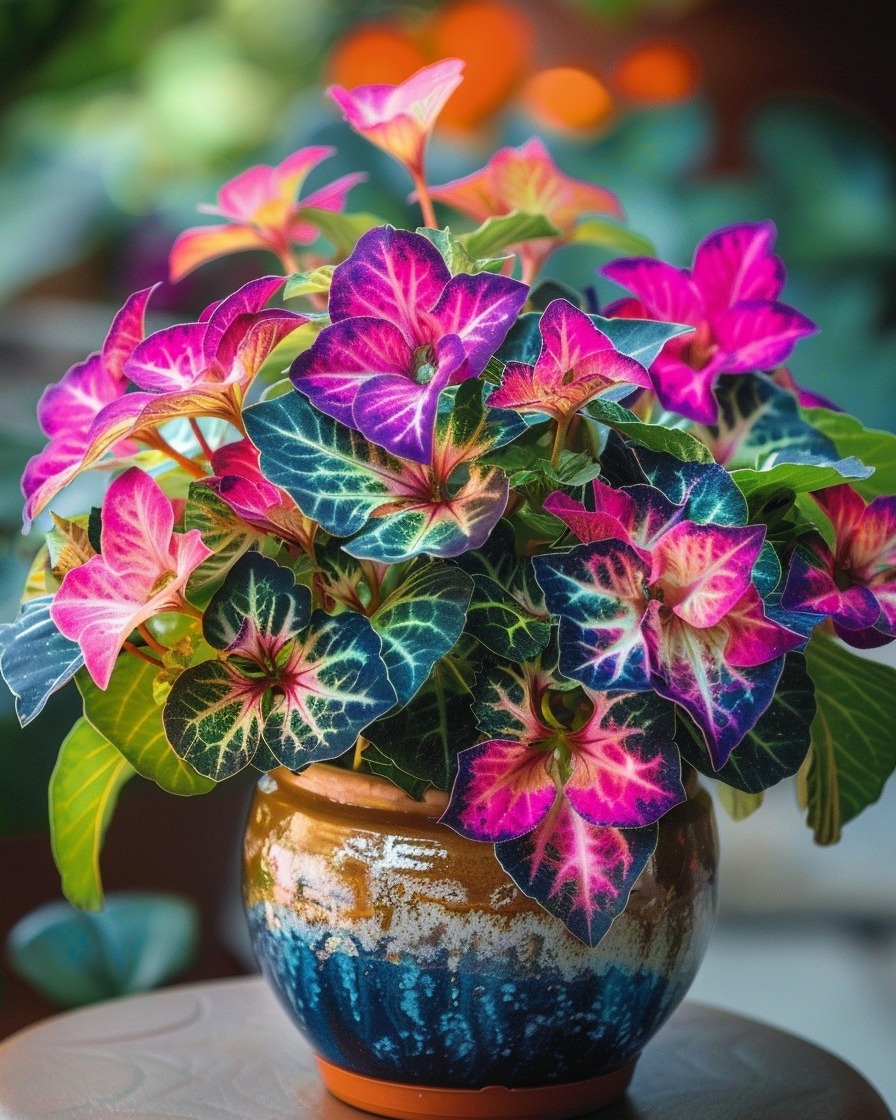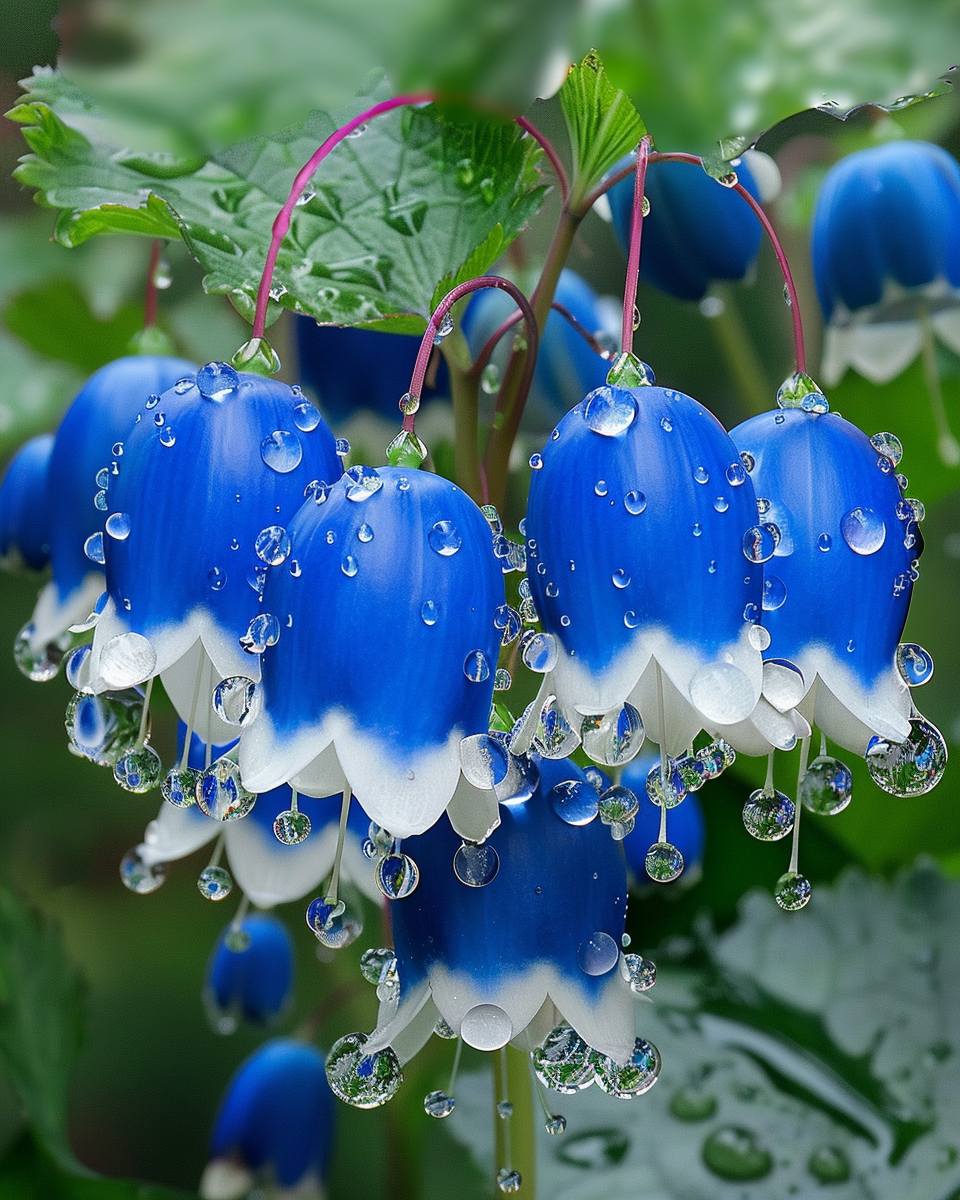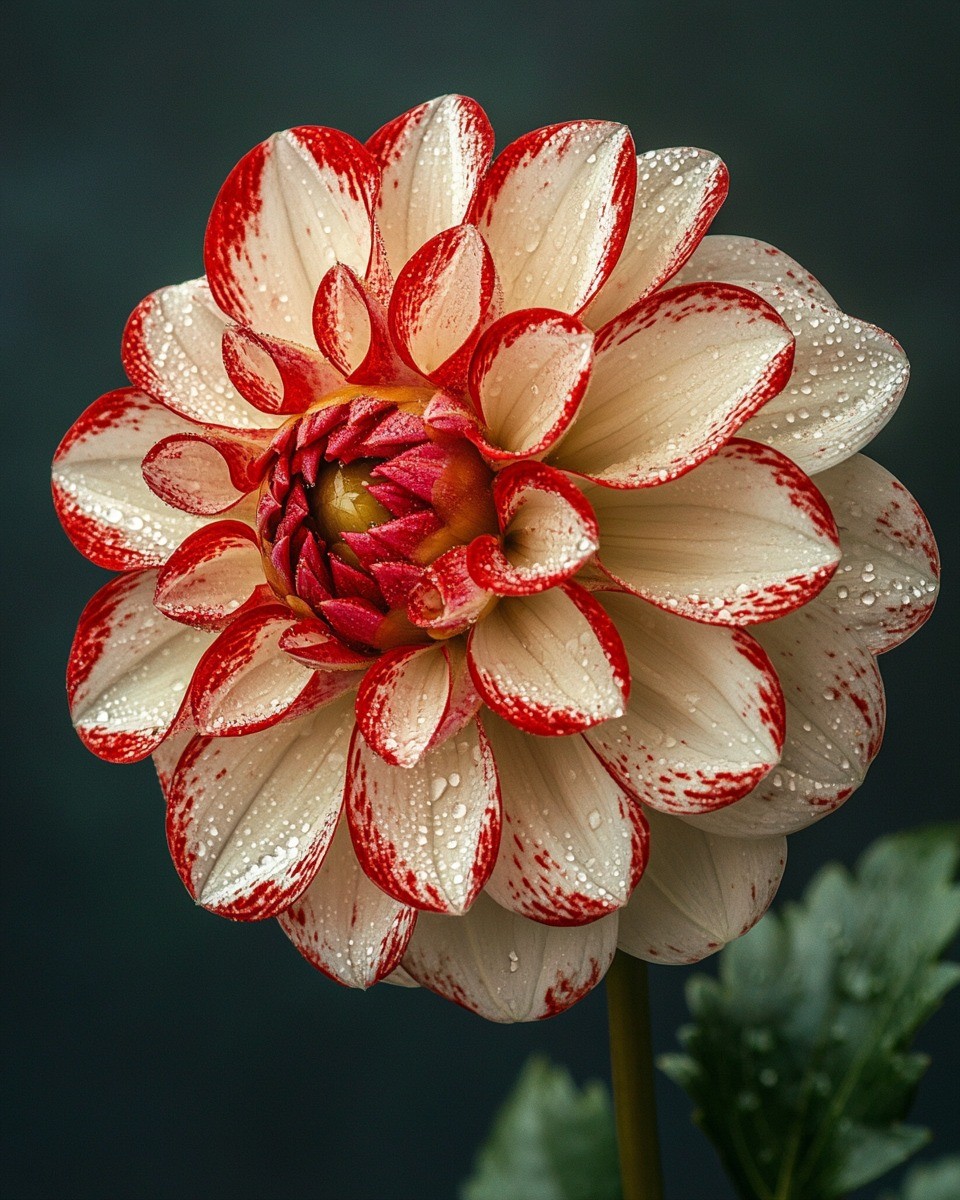Legend of cherry blossoms
The origin of the name cherry blossom – “sakura” comes from the name of the goddess Konohara Sakuya , a deity in ancient Japanese literary works. According to legend, the goddess was the first person to sow cherry blossom seeds on Mount Fuji, and is revered by the people as the goddess Sakura. This goddess has sublime beauty, like flowers blooming beautifully in the sun. The name Sakura cherry blossom also originates from there.

Cherry blossoms have become a part of Japanese culture and life
During World War II, after experiencing heavy losses during the war, Japan had a miraculous revival that made the whole world admire, from a defeated country to becoming one of the world’s great powers. Many people said that during the difficult times of war, the beauty of cherry blossoms gave them the strength to unite to revive and rebuild the country.
Characteristics of cherry blossoms
Appearing in many countries such as China, Korea or Europe, when mentioning cherry blossoms, people will definitely think of Japan. Here, more than 200 species of cherry blossoms have been discovered, from wildflowers that grow in the mountains to flower varieties that are carefully and meticulously cared for.

Pink cherry blossoms
Each flower color has its own symbolic meaning. Bright pink is the main color of cherry blossoms, a symbol of love and romance.
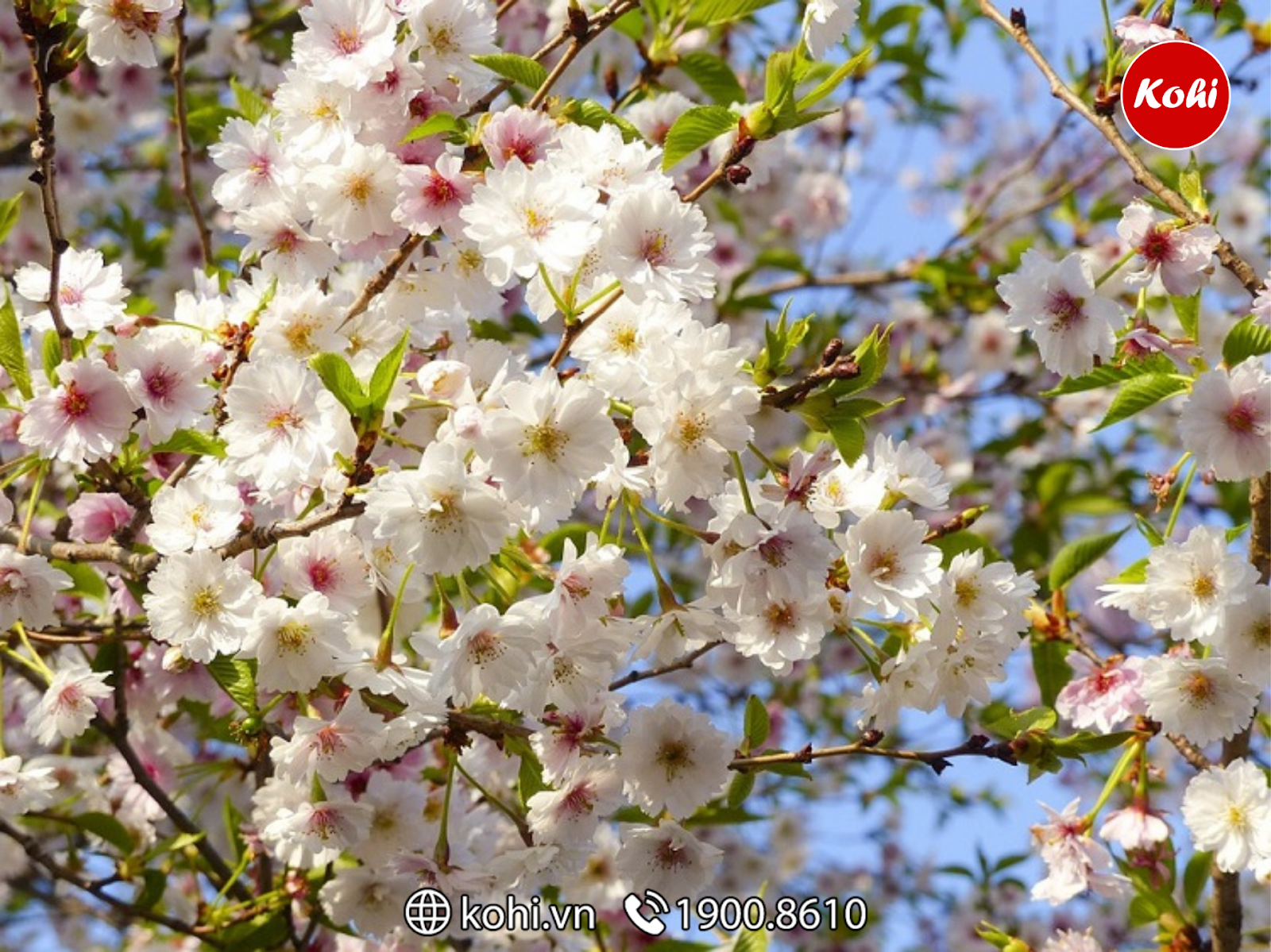
White cherry blossoms
White cherry blossoms symbolize purity, innocence, simplicity and innocence.

Yellow cherry blossoms
Yellow cherry blossoms symbolize happiness, joy and positive energy. Yellow is also a symbol of friendship and family reunion.

Purple cherry blossoms
Purple symbolizes loyalty and royalty.
Cherry blossoms begin to bloom around the beginning of April, all Japanese roads are covered with cherry blossoms. The cherry scent is greatly praised in literary and artistic works. Cherry blossoms are a sign of spring, the season of major festivals in Japan. Especially the cherry blossom festival, a unique festival of Japanese culture.
Cherry blossoms – symbol of intense vitality
Cherry blossoms are not beautiful when standing alone, they only become beautiful when blooming in an array: fragile, brilliant. And it itself brings a message: people, even in the most miserable circumstances, must always rise up and never surrender to fate. For Japan, vitality is first and foremost the samurai spirit, expressed right when they are facing death. During the war, the fighters of the land of the rising sun were never afraid of death. Whenever they lost a battle, they immediately killed themselves so as not to reveal their comrades. The Japanese have an immortal saying: “If it’s a flower, please be a cherry blossom.” If I were a human, I would be a samurai” most clearly shows the spirit of the Japanese people.
Cherry blossoms are a sign of the new beginning of spring, a time of renewal and optimism. With the blooming season coinciding with the start of the calendar year. They also bring new hopes and dreams at a time when students begin their first day of school and employees their first day of work.
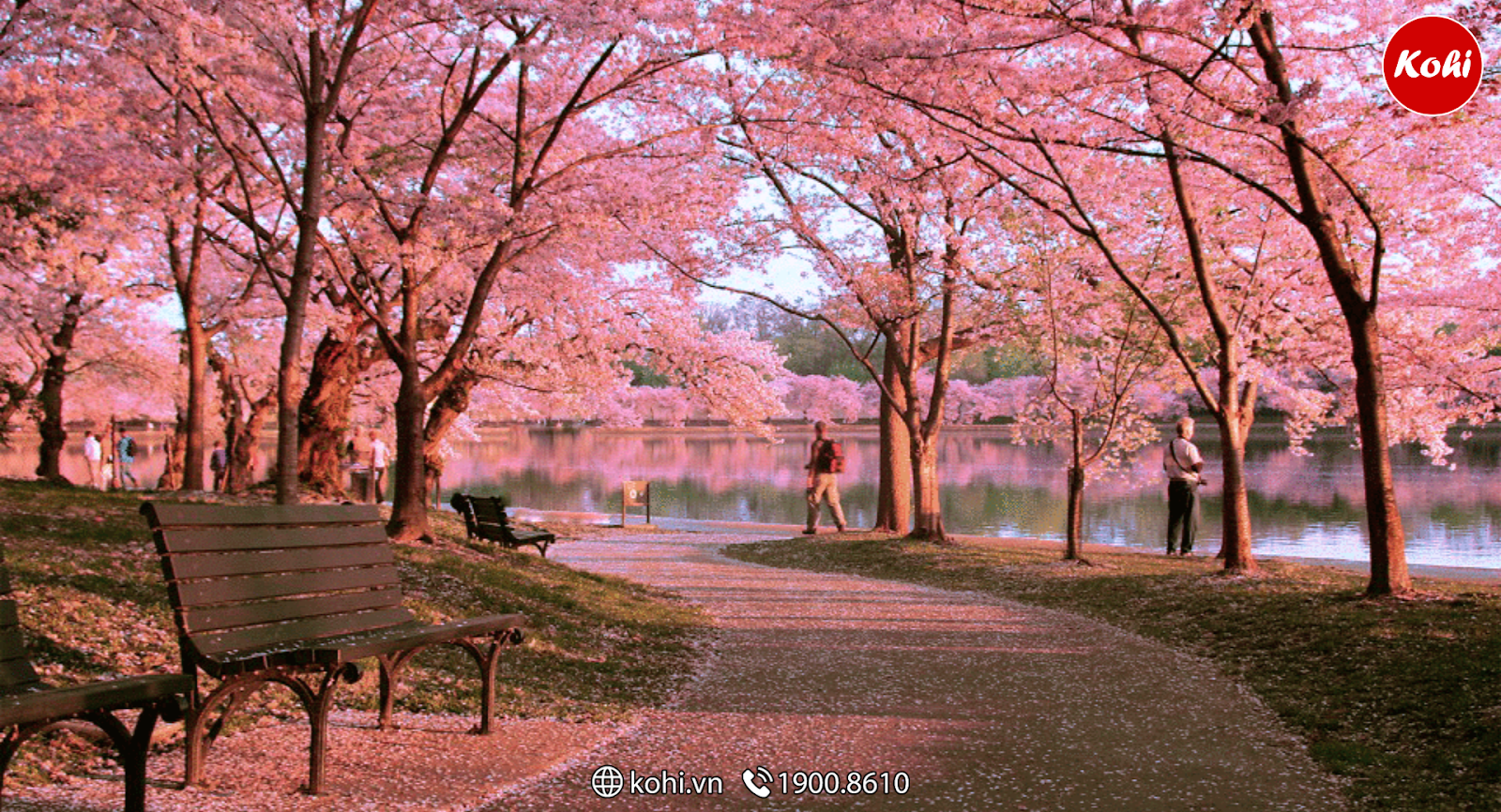
In Japan, cherry blossoms are everywhere
Cherry blossoms symbolize youth
Cherry blossoms symbolize human life: for the Japanese, cherry blossoms are synonymous with the short nature of life.
The flowers do not wilt like roses, they try to cling to the bud when they fall. But Anh Dao only needs a breeze to pass by and the petals will gently leave the branch. This flower blooms and withers right when the petals are still at their brightest, just like the short youth has passed.
The symbol of humility and patience is the cherry blossom
For the Japanese, cherry blossoms not only symbolize vitality and beauty but are also a symbol of humility and patience – a characteristic virtue of this nation.
Japan gives cherry blossoms to other countries around the world as a way to express its desire for peaceful coexistence. In folk life, people use cherry blossoms as a daily dish. Cherry blossoms are made into jam, salted leaves are eaten with rice balls, the lives of the people here always have the presence of flowers.
Cherry blossoms also show humility in Japanese communication. Japanese tradition has rules and rituals that everyone must follow depending on the social status and social relationships of each person participating in communication. The first manifestations in the Japanese communication process are greeting rituals. All Japanese greetings always require bowing and the type of bow depends on the social status and social relationship of each person participating in communication.
Japan’s cherry blossoms have both color, fragrance, philosophy and the pride of Japan. Perhaps because of those factors, cherry blossoms have become Japan’s national flower – an indispensable beauty of the land of the rising sun.
